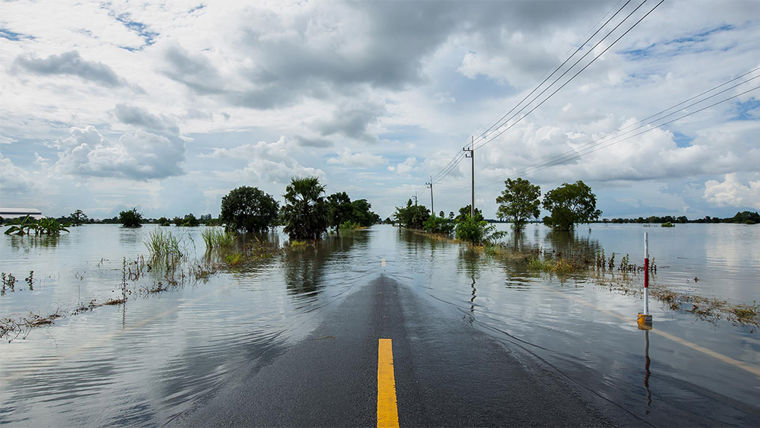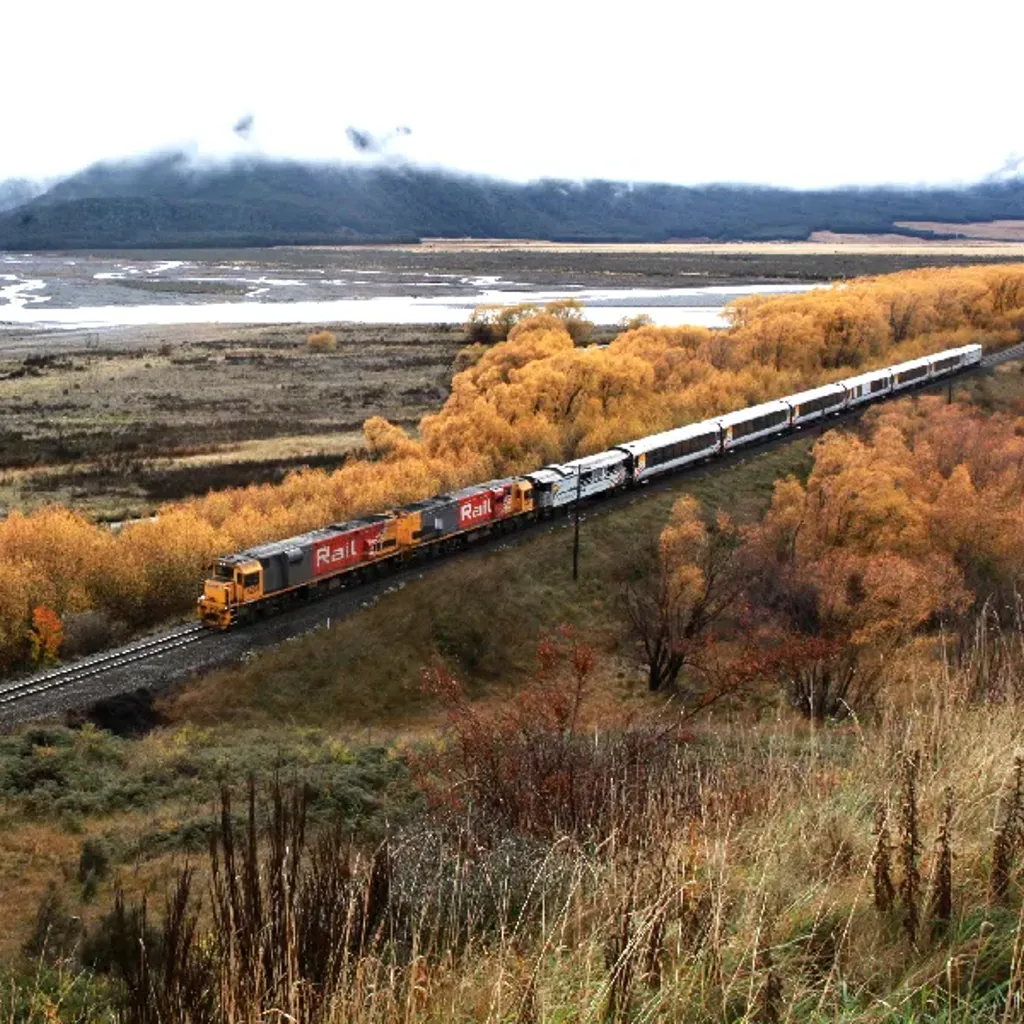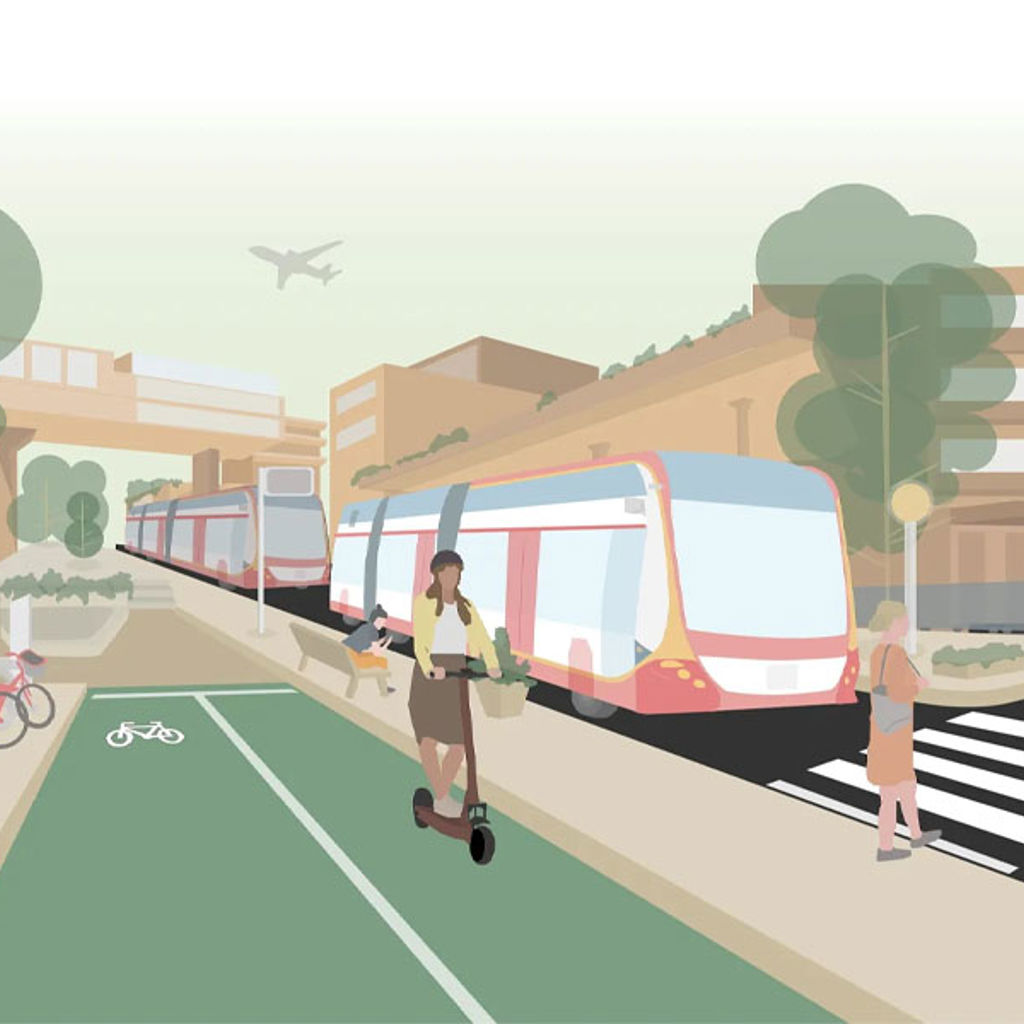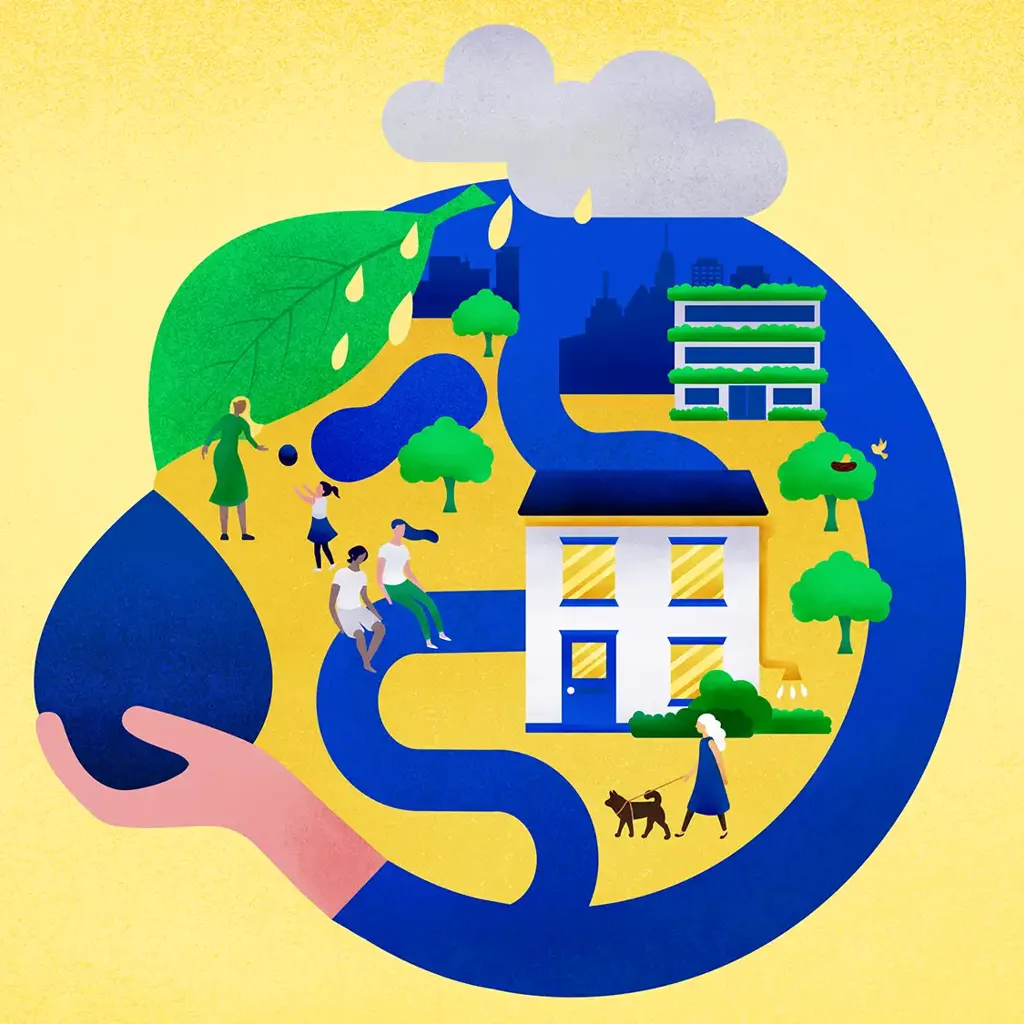How should transport systems approach climate resilience?
Poor transport resilience is becoming ever more obvious as the world feels the impact of climate change. Whilst decarbonisation have often taken priority, clients are increasingly having to ask about their resilience to the impacts of climate change - and how they can mitigate this.


Áine Ní Bhreasail
Associate
Last updated: June 2023
Wherever you live in the world, you depend on resilient transport networks to travel to school or work, enjoy leisure activities or access healthcare.
Resilient transport ensures social cohesion, enabling users of any gender, age, social or disability status to participate in day-to-day life. Many benefits are indirect: for example, studies in India have shown that the provision of a rural road resulted in a 20% increase in women seeking antenatal care.
Poor transport resilience is becoming ever more obvious as the world feels the impact of climate change. For many years transport operators have understandably prioritised the decarbonisation of their services and assets in order to meet emission reduction commitments. But a reliable transportation network depends on strengthened resilience just as much as decarbonisation – these are two facets of the same problem.
As a transport resilience practitioner, I’ve seen resilience moving up the agenda. Clients are now regularly asking for detailed climate risk assessments and insights into how to prepare for the impacts that are surely coming. What are the hazards for a given system, given its location and the latest climate modelling? Which interventions will actually work? And are they scalable and cost-effective?
Investment in the sector is being reshaped by the resilience agenda too. New initiatives like the Taskforce on Climate-related Financial Disclosures (TCFD) are forcing leaders across rail, aviation, highways, and maritime to answer specific questions about their companies’ exposure to climate risks. Investors want to know that specific investments are sound, which increasingly means sustainable. Network or service operators need a strong factual analysis on which to base decisions about future resilience. As I will explain, measuring transport resilience, though complex, is a rapidly developing practice.
Growing threats
Transport networks around the world have always faced natural hazards. Experts estimate that 27% of global road and rail assets are exposed to cyclones, earthquakes, or floods. Given the placement of ports along coastlines and rivers, these vital facilities are even more exposed; 86% are thought to be exposed to three or more hazards. The risks are not confined to the ground. In aviation, weather conditions were responsible for 36% of US flight delays in 2020.
Climate change risks making matters worse. Sea level rise is increasing coastal flooding, leading to damage at ports and disruption of operations and shipping. It’s also a threat to roads and railways, natural coastal defences, and coastal airports. More severe winds disrupt traffic, damage bridges and auxiliary infrastructure for road and rail, and make travel more dangerous for everyone. More intense tropical storms are increasing the yearly damage to infrastructure and vehicles, leading to widespread disruption to traffic, and unsafe travel conditions.
Transport networks are central to how well societies and economies function. But the physical and financial risks involved when they fail can be hard to assess or respond to without deep analysis.

Measuring resilience
For transport planners, operators, designers and investors to achieve truly resilient transport, they first need to know what resilience looks like. This is complex and difficult given that resilience doesn’t lie in a single measure or metric. However, a combination of the following related factors helps us to establish a level of resilience within a given system:
Service continuity: Tracking cumulative delays that result from disruptions helps operators to understand the stakes if their network or service is hit by climate effects and factor in recovery in costs and time.
Life cycle costs: High maintenance costs are a useful indicator of poor resilience, as they are often associated with service interruptions.
Adoption of global standards: Resilience and adaptation are constantly evolving but high-quality standards exist, along with the expertise needed to implement them.
Learning from post-disaster evaluations: Assessments of how well a system stood up to the hazards it faced, and how capably it restored service, are essential. These evaluations lead to valuable recommendations relating to design, construction or maintenance as well as organisational response and evacuation planning.
Different modes, different stages
There are clear variations in the level of climate resilience knowledge and planning across countries and indeed across sectors. In high income countries, road and rail operators have been early to respond, embarking on major assessments of the risks they now face. Rail networks often have long-built awareness of how climate and weather can threaten services and infrastructure. Many highway bodies are also responding with national and regional climate plans.
In lower income regions, the climate impacts are already more frequent, and more intense. Here administrations recognise the risks but may lack funding. It is common to see institutions understand the risks and associated costs, but struggle to prioritise interventions. Facing many parallel priorities for investment, resilience can be a victim of inertia with leaders wondering how to fit major future-facing adaptation in among all the regular maintenance investments they struggle to make.
Climate change risks making matters worse. Sea level rise is increasing coastal flooding, leading to damage at ports and disruption of operations. It's also a threat to roads and railways, natural coastal defences, and coastal airports. More severe winds disrupt traffic, damage bridges and auxiliary infrastructure for road and rail, and make travel more dangerous for everyone.
Áine Ní Bhreasail
Associate, Arup
Gaps in funding and collaboration
Given the amount of people who rely on transport infrastructure, and the way disruption to one service increases demands on another, climate risks have complex implications for all players in the sector. That means greater collaboration is needed to build resilience across the network as a whole. At the same time, gaps in investment continue to grow, and transport systems will become increasingly vulnerable as long-term stresses degrade assets. There is a predicted financing gap of between USD 244 and USD 944 billion in global transport infrastructure and maintenance each year through to 2030. As the 2022 UNEP Adaptation Gap Report estimated, the overall finance gap in developing countries is probably 5 to 10 times greater than current investment in adaptation measures.
Progress made (but much more to do)
There is hopeful news. Evidence suggests that investment in resilience and adaptation today can reduce the impacts of natural and human-caused disasters tomorrow – and the benefits far outweigh the upfront costs. A 2019 analysis by the World Bank explored potential infrastructure scenarios and estimated that every dollar of investment into strengthening infrastructure in low- and middle-income countries results in a median of two dollars in benefits, which increases to four dollars when climate change is considered. These are compelling returns, which should build support for investment.
It is encouraging to see that in many countries, national standards and guidance for transport systems are beginning to integrate climate adaptation measures, and ground them in international standards. The UK has introduced standard BS 8631:2021, Adaptation to climate change. Using adaptation pathways for decision making. In the USA, ASCE MOP 140 is a new guideline for engineers that emphasises climate-resilient infrastructure adaptive design and risk management. And the Austroads Guide to Road Design for Australia and New Zealand now accounts for the effects of climate on flooding and drainage systems. Many other countries are engaging in similar ways.
We’re also seeing encouraging signs at the provincial/state and municipal levels, with governments enhancing transport resilience and adaptation, often with support from the private sector and civil society. Hong Kong’s Rail Infrastructure Flood Risk Assessment combines climate projections with detailed urban topography datasets to conduct a comprehensive assessment of the current and future flood risks faced by the city’s rail network. Barcelona’s "Barcelona Nature Plan” prioritises street-lining trees to mitigate extreme heat while promoting biodiversity across the city.
These examples demonstrate the growing recognition of climate change's impact on transport and the urgent need for proactive measures. But given how central transport systems are to the way societies and economies operate day-to-day, there is a long and perilous road ahead.
Find out more
To find out more about this topic, the first module of the SLOCAT Transport, Climate Change and Sustainability Global Status Report – 3rd Edition is out now and the full report is out in September 2023. The adaptation and resilience chapter is co-authored by Arup and our partners Resilience Rising and the International Coalition for Sustainable Infrastructure (ICSI).
Get in touch with our team
Insights
Explore more resilience insights
Sustainable Forces S3 E6: Is your commute climate proof?

Sustainable forces S3 E4: How are island nations pioneering climate solutions?

Road to resilience: practical insights to enable more resilient and adaptable road networks

What is integrated water management?


